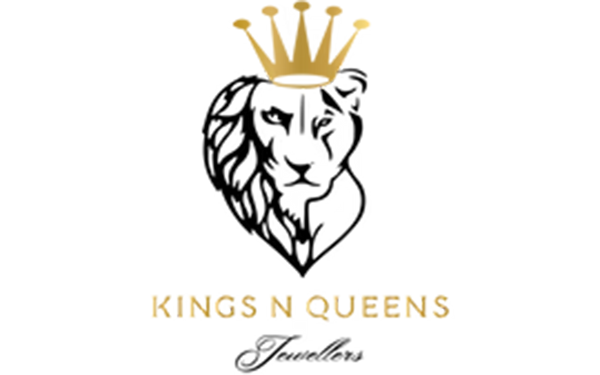Rolex is one of the most iconic luxury watch brands in the world, known for precision, prestige, and timeless design. When enthusiasts talk about “factory watches,” they’re often referring to watches that come directly from Rolex’s own manufacturing and design standards — untouched, unmodified, and exactly as the brand intended. But when did Rolex actually start producing these factory-made timepieces?
Let’s dive into the origins of Rolex and how the concept of “factory watches” came to life.
The Birth of Rolex
Rolex was founded in 1905 by Hans Wilsdorf in London. Initially, Wilsdorf & Davis (as the company was originally known) didn’t manufacture watches in-house. Instead, they assembled timepieces using high-quality Swiss movements from manufacturers like Aegler, placing them in cases made by third parties. These early watches were sold under the Rolex name, which Wilsdorf registered as a trademark in 1908.
It wasn’t until the 1910s and 1920s that Rolex began to focus on innovation and building a reputation for precision and durability. The brand moved to Geneva, Switzerland in 1919 — a major step toward becoming the fully integrated watchmaker we know today.
The Evolution to Factory Production
In the early 20th century, the watch industry often relied on a network of suppliers — one company for movements, another for cases, and others for dials and assembly. Rolex, however, began taking steps to control every aspect of production, ensuring consistency and unmatched quality.
By the mid-20th century — particularly in the 1950s — Rolex had become known for making factory-standard, fully in-house watches. Models like the Submariner (1953), GMT-Master (1955), and Day-Date (1956) weren’t just famous for their design; they symbolized Rolex’s commitment to innovation, standardization, and factory-level precision.
This is when Rolex’s reputation for “factory watches” truly took shape — watches designed, engineered, and assembled under one roof, following Rolex’s own exacting standards.
What Does "Factory Watch" Really Mean?
Today, when collectors refer to a Rolex “factory watch,” they mean a timepiece that is completely unmodified and comes straight from Rolex — original parts, finishes, diamonds, dials, and all. No aftermarket changes. This is important because Rolex's factory specifications are closely tied to its value, performance, and collectability.
Rolex has always discouraged third-party customization and actively emphasizes the importance of factory-original condition. In fact, the company has strict policies about servicing modified watches, often refusing to work on pieces that have been altered outside of its workshops.
A Timeline of Rolex’s Move Toward Full Factory Control
-
1905 – Wilsdorf & Davis is founded in London.
-
1908 – The name "Rolex" is registered as a trademark.
-
1910 – Rolex becomes the first wristwatch brand to receive a Swiss Certificate of Chronometric Precision.
-
1919 – Rolex relocates to Geneva, Switzerland.
-
1931 – Rolex patents the first self-winding mechanism with a perpetual rotor.
-
1950s – The golden age of Rolex innovation begins, marking the true era of factory-produced models.
-
2004–2012 – Rolex acquires its key suppliers and integrates all production: cases, dials, movements, and even its own gold foundry.
Conclusion
So, when did Rolex invent factory watches? While Rolex began assembling watches in 1905, the brand evolved into a full-fledged factory producer by the 1950s — designing and manufacturing its own movements, cases, and dials in-house. This shift laid the foundation for Rolex’s modern identity: a watchmaker that controls every aspect of production to ensure unmatched quality.
Today, a Rolex “factory watch” isn’t just a timepiece — it’s a symbol of precision, integrity, and legacy.
If you're passionate about Rolex or considering your first (or next) piece, understanding the heritage behind factory-made watches helps you appreciate the brand’s legendary status even more.

